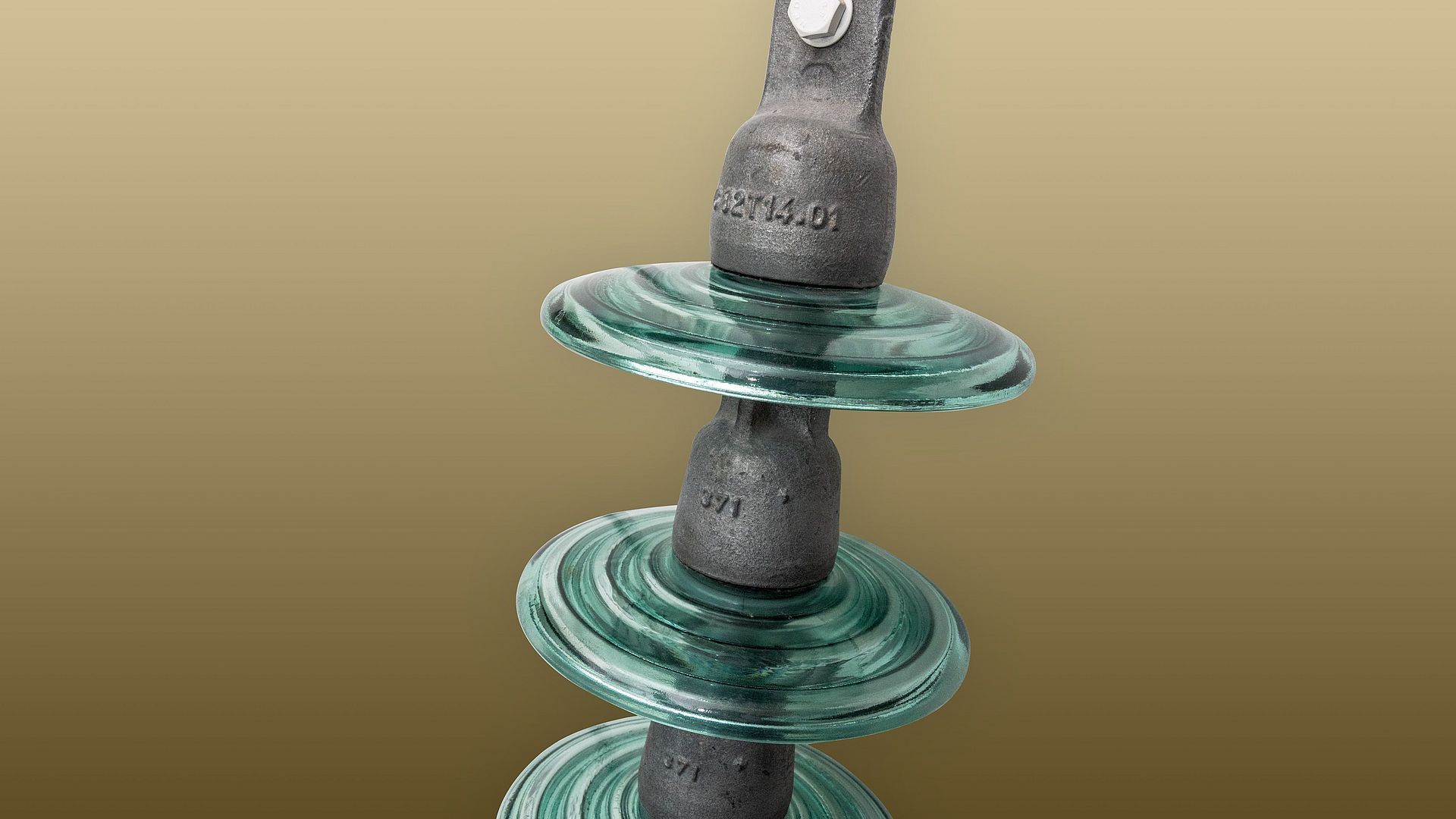
Photo: Deutsches Museum | Christian Illing
Materials Energy Production
Glass Technology – Transparent and Brilliant
It would be hard to imagine a world without glass. But what is glass and why is it transparent? How is coloured glass made and how is glass transformed into a mirror? See for yourself and discover more about this unique material.
What is Glass Technology?
After ceramics, glass is one of the oldest artificial materials. We already know of glass jewellery from the Mesopotamian era (around 6000 BC), and that the Egyptians formed the first glass vessels around 1350 BC by wrapping glass threads around a sand core. The basic technique of blowing glass appeared in Syria around 200 BC with higher firing temperatures and the invention of the blowpipe. Initially a material for making luxury items, glass has long been a part of everyday life – whether for drinking glasses, bottles, windowpanes or spectacle lenses. But here you can also discover technical glass, mirrors and even a dress made of fibreglass!
3,500 The number of years that mankind has been using glass as a material.
1,500The temperature in degrees Celsius in the glass smelting furnace.
15 The number of years that a float glass stove runs continuously.
Exhibition Themes
The Glass Technology exhibition area begins with a look into a glass furnace. Photo: Deutsches Museum | Christian Illing
Glass Technology
Glass consists mainly of quartz, i.e. silicon dioxide (SiO2), which becomes liquid and therefore malleable at temperatures of more than 1,700°C. In order to lower the melting point to around 1,000°C, special fluxes such as potash or soda are added. Lime provides stability to the molecular structure. At the same time, glass is not actually a solid, but a rigid liquid, which is why it also appears transparent.
In the exhibition, models show how glass was melted in the past and how this is done today in an industrial production setting. Questions about energy and the environment are also addressed.
Traditionally, container glass is formed manually from molten glass using a blowpipe. Photo: Deutsches Museum | Christian Illing
Container Glass
We take a closer look at traditional production methods in glassworks as well as the most common types of automation, such as blow moulding machines, which can produce over 450 bottles a minute. We highlight the high levels of craftsmanship involved in the processing and refinement of container glass, including painting, grinding and etching. A special process called overlaying, whereby glass is produced with different-coloured layers, is also shown in the exhibition.
The production of flat glass used to be a major challenge. This picture shows a model of the Fourcault process (from 1904): the glass pane is drawn vertically from the molten glass. Photo: Deutsches Museum | Christian Illing
Flat Glass
This area of the exhibition looks at the manufacture of window and mirror panes – from creating glass by hand (cylinder blowing and crown glass for windows, the polishing of cast flat glass for mirrors) right up to industrial production. Every large pane of glass made today comes from a modern float-glass production line. Due to the demand for glass in buildings and motor vehicles, the finishing of glass panes – previously only used in the form of amalgam coatings on mirrors, such as silver – has now become standard practice. Individual objects as well as experiments on safety glass for both automotive and armoured glass panes, as well as the fire, heat and noise protection provided by glass coatings, demonstrate the various processes.
Speciality Glass
The introduction of speciality glass began with Otto Schott. Together with Ernst Abbe, Schott developed unique compositions and processes for the production of optical glass between 1876 and 1884. This glass is used in telescopes, microscopes and spectacles, as well as in modern-day optical fibres. A number of experiments demonstrate the special properties of this glass – including its optical qualities, its resistance to acids and alkalis, and its durability against extreme heat and temperature fluctuations. Speciality glass is also used in the production of glass fibres, which serve primarily as textile glass to reinforce plastics and as insulating mineral wool. Visitors can also view the related manufacturing processes.
Inside the Glass Technology Exhibition
Please note: In the course of the modernisation, the glass blowing demonstration will no longer take place. We ask for your understanding.
Publications
Any Questions?
![]()
Dr. Marcelina Malissek
Curator
Deutsches Museum
80306 MunichTelephone +49 89 2179 640
Fax +49 89 2179 513
Email m.malissek@deutsches-museum.de
Do you have organizational questions?
Cornelia Schubert
Assistance to department heads, main department heads and curators
Susanne Schmölz
Assistance to department heads, main department heads and curators








